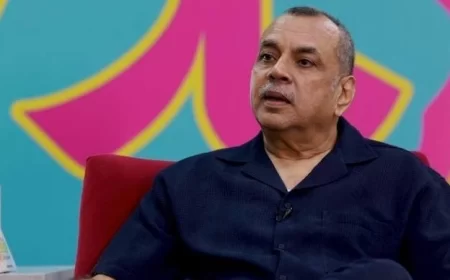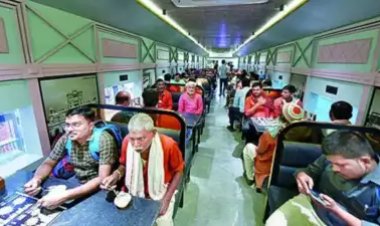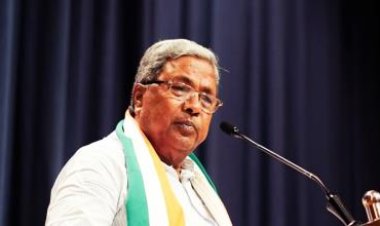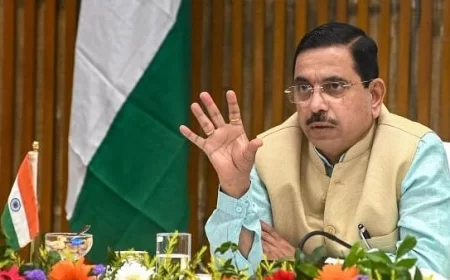ONDC will drive Indian e-commerce to soar from 80 million monthly users to a staggering 500 million: Nandan Nilekani
ONDC will revolutionize Indian e-commerce," says Nandan Nilekani. Get ready for an incredible leap from 80 million to 500 million monthly users, transforming the way we shop online. Check the full details
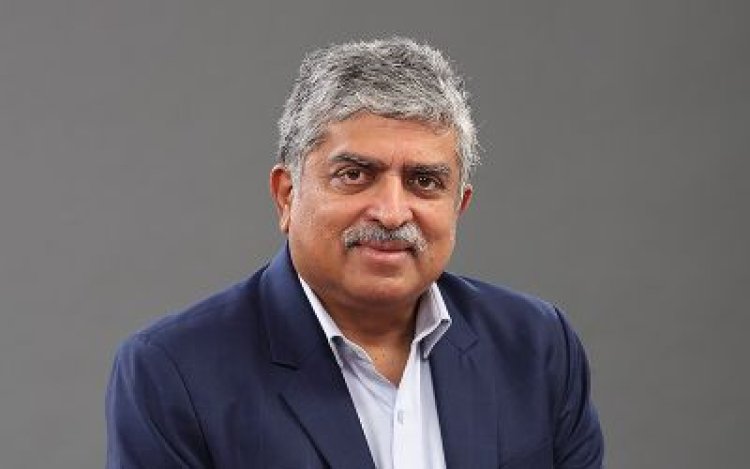
During an event on June 22, Nandan Nilekani, Chairman of Infosys, highlighted the disparity between internet growth in the United States and India. He noted that the US internet expansion was largely driven by high advertising revenues of $862 per capita, but India cannot follow the same path as its figure stands at a mere $7 per capita. Nilekani also emphasized the necessity of the Open Network for Digital Commerce (ONDC) for e-commerce companies to increase the number of monthly transacting users (MTUs) from the current 80 million to 500 million.
According to Nandan Nilekani, the implementation of the Open Network for Digital Commerce (ONDC) will give rise to a fresh category of e-commerce users. Individuals who previously didn't consider engaging in e-commerce will now find it convenient to explore this option and place orders from nearby stores using the ONDC platform. This expansion is expected to result in a notable increase in the number of e-commerce platforms. Rather than being dominated by just a couple of players, the market will witness the emergence of ten different platforms. Nilekani emphasized that while this may not benefit a single entity, it will ultimately bring substantial advantages to India as a whole.
Speaking at an event organized by management consulting firm Redseer, Nandan Nilekani, an influential figure in the establishment of India's digital public infrastructure, highlighted the significant advancements achieved in the country. Nilekani played a crucial role in the creation of initiatives such as Aadhaar, UPI, Fastag, and ONDC.
Nilekani drew attention to the remarkable growth of India's digital public infrastructure, which has led to a substantial increase in bank account penetration. Within a span of less than a decade, the percentage of individuals with bank accounts surged from around 20 percent to over 80 percent.
He further emphasized that the rapid digital adoption in India was facilitated by a combination of four significant events that took place in 2016. Firstly, Aadhaar, the unique identification system, surpassed the milestone of one billion users on April 4th. Subsequently, the unified payments interface (UPI) was launched on April 11th, providing a seamless platform for digital transactions. In September of the same year, the introduction of Jio, a telecommunications company, resulted in a drastic reduction in data costs, making the internet more accessible to the masses. Lastly, the demonetization drive in November further accelerated the adoption of digital payment methods in the country.
Nandan Nilekani emphasized the transformative impact of interconnected developments on India's digital public infrastructure, describing them as "combinatorial innovation at population scale." He highlighted the foundational role of Aadhaar in enabling various initiatives, including the seamless administration of COVID-19 vaccinations. Nilekani pointed out that the ongoing changes in India's digital landscape are irreversible and nonlinear, with each advancement serving as input for subsequent progress. This interconnected innovation, occurring at a large scale, is the essence of India's digital public infrastructure.
In contrast to the US, where internet growth was propelled by high advertising revenues amounting to $862 per capita, Nilekani argued that India cannot adopt the same approach. India's per capita figure stands significantly lower at $7. Therefore, he emphasized the need for a distinct approach in India, focusing on transaction-led internet infrastructure. Nilekani underscored the value of individuals' transaction histories, which he believes will serve as a form of capital that can be unlocked on a large scale.
“We needed a different kind of internet infra than West... Essentially, Indian internet is not advertising led, but transaction led... Your transaction history is itself a form of capital that will be unlocked at scale,” he said.
What's Your Reaction?
 Like
0
Like
0
 Dislike
0
Dislike
0
 Love
0
Love
0
 Funny
0
Funny
0
 Angry
0
Angry
0
 Sad
0
Sad
0
 Wow
0
Wow
0



